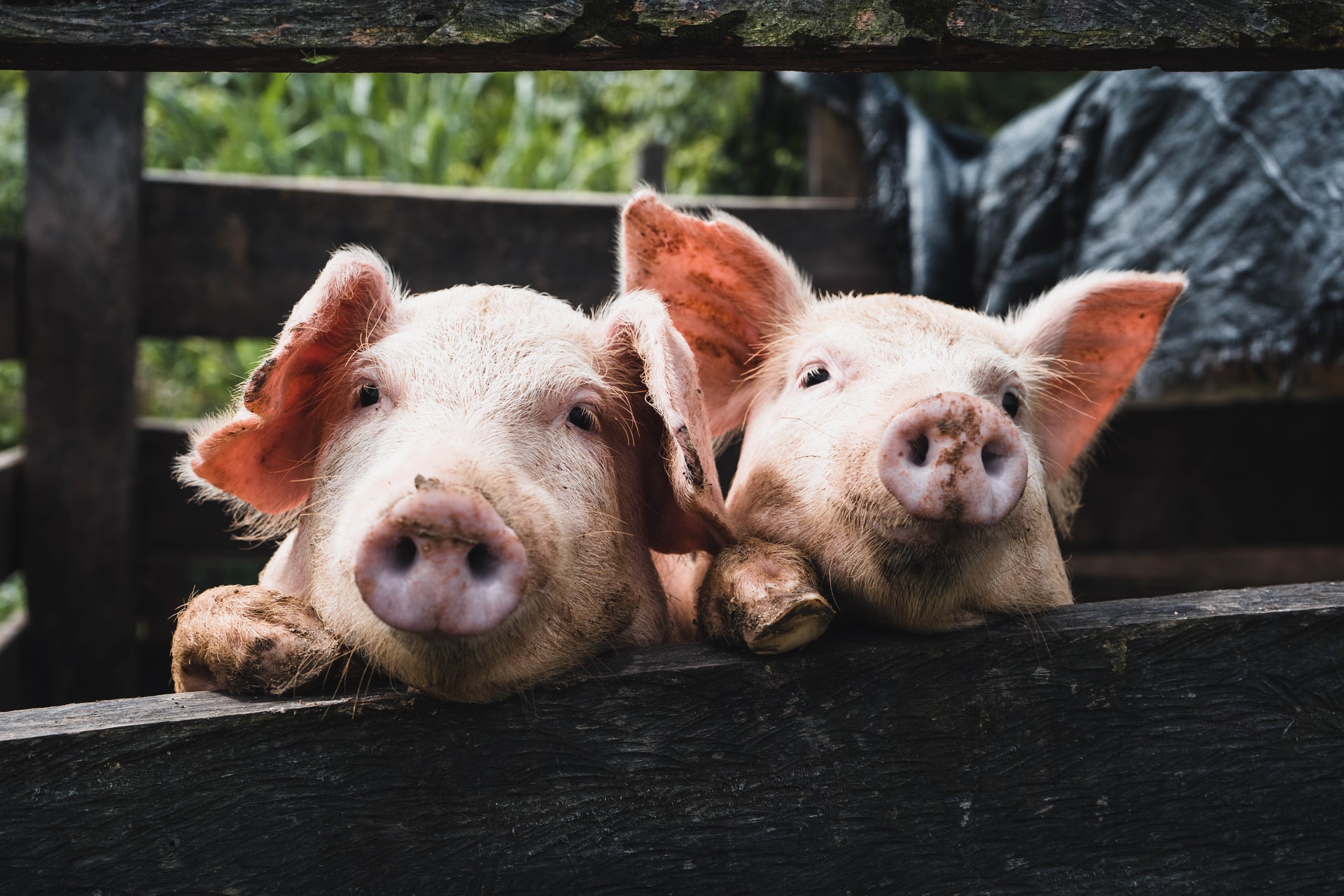A Chinese and British research team has identified a new H1N1 influenza virus in pigs.
The research, published today in PNAS, says this type of virus has “all the essential hallmarks of a candidate pandemic virus”. The researchers call for urgent containment in pigs and for close monitoring in human populations, especially swine industry workers.
The SMC asked experts to comment on this research.
Dr Jemma Geoghegan, Virologist, Senior Lecturer, University of Otago, comments:
“Pigs are important reservoir host for influenza viruses where multiple viruses might first ‘mix’ in pigs, creating new viruses that then jump to humans. However, the news that the next viral pandemic will be caused by a new virus found in pigs might be a little premature.
“The main finding of this paper is that a new type of H1N1 flu called G4 has emerged in pigs, which probably happened around 2016.
“This G4 virus has only been found in pigs so far. They found that 10% of farmers already have the antibodies for this G4 strain. But there is no evidence that G4 is circulating in humans, despite the virus seemingly being around since 2016.
“There is no evidence that G4 poses an immediate threat to humans but it is important to continue close monitoring and surveillance.”
No conflict of interest.
David Welch, Senior Lecturer, Centre of Computational Evolution and School of Computer Science, University of Auckland, comments:
“This research is interesting and definitely needs monitoring.
“The main finding is that the dominant influenza strain currently circulating in pigs in China shows potential for human to human transmission (based on animal models). But it is basically impossible to say whether that will actually happen – predicting these things is very hard. Lots of viruses cross the animal human barrier but very few take hold in the human population.
“It would make sense to continue to monitor this closely, and to make preparations for a vaccine for this strain – these measures have both been suggested elsewhere.
“The phylogenetic analysis done here is fairly standard – it is simply looking to see where the current lineages have their origins. It also highlights the diversity of influenza lineages circulating in pigs in China.”
No conflict of interest.
